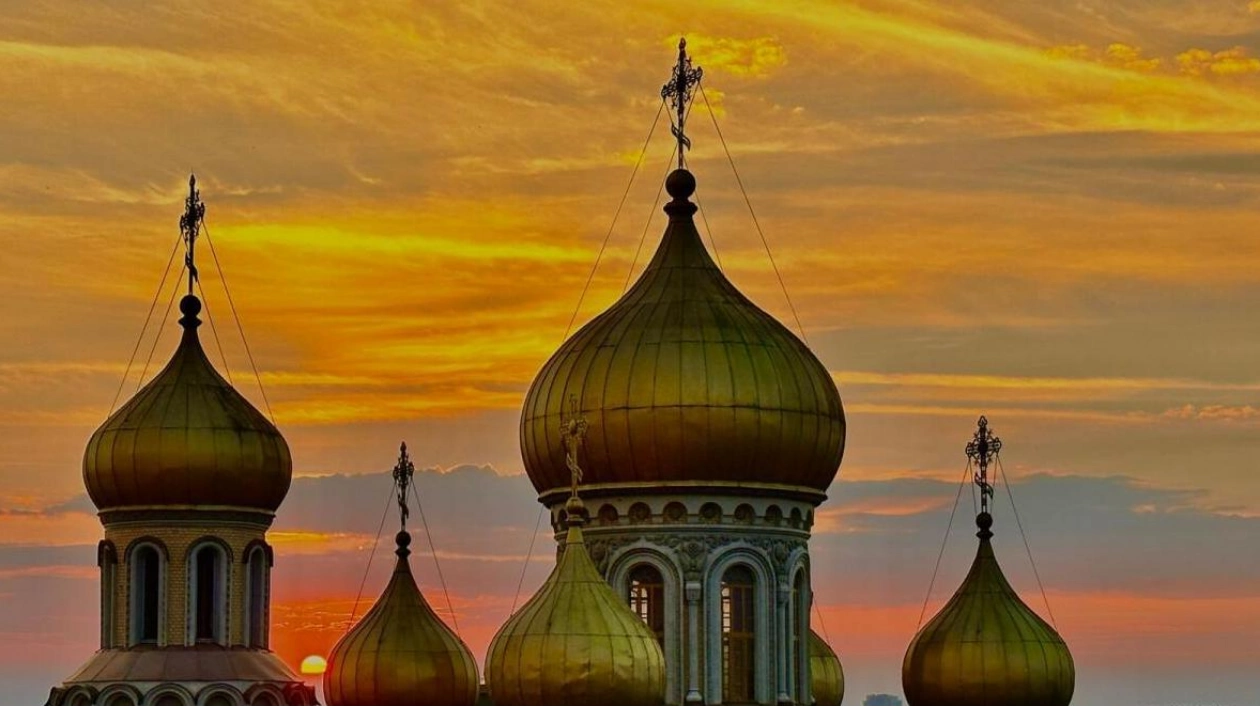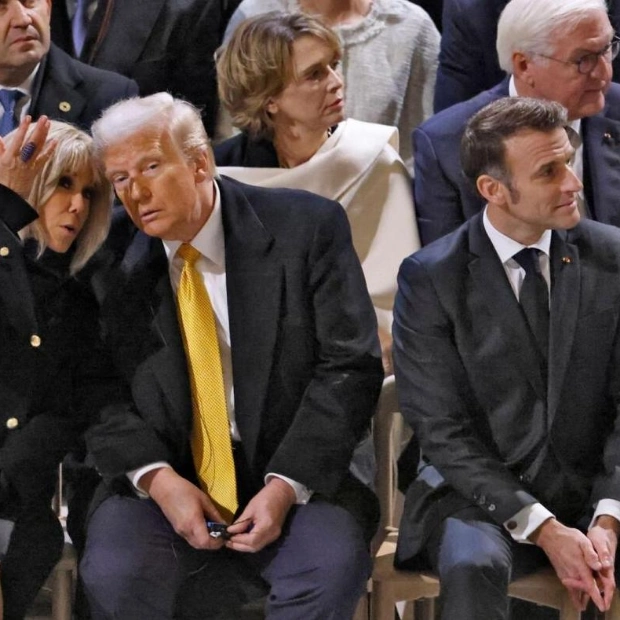This summer, I chose to explore one of the Baltic states, Lithuania, drawn by the allure of its vast birch forests, numerous lakes, and distinctive coastline. On the other hand, I was equally fascinated by its rich, often somber, history. Lithuania did not fail to impress in either aspect. In the initial days, I spent my time gathering mushrooms and berries in the deep, dark forests, a bounty generously provided by nature. I then moved on to Vilnius, Lithuania’s charming and picturesque capital.
As a fervent advocate of ‘runsploring,’ I donned my running shoes and set out from my Airbnb at 7am. My aim was not only to see the sights before the tour groups arrived but also to witness the city waking up. My first stop was Cathedral Square, the throbbing heart of the city, where Lithuania’s largest cathedral stands on the site of a pagan temple. I found the square deserted, standing in awe before the grand Greek temple-style entrance with its six snow-white columns. Early worshippers began to arrive, passing me by as they entered the cathedral.
However, it was something outside that caught my attention: a tiny tile about 50 meters away from the grand structure. I watched as a person approached this spot, stepped on the tile, and stood still, as if in prayer. Her lips moved—she was whispering to the tile—and then she spun around once before leaving in the opposite direction from the church. Intrigued, I left the site without even entering it. The unassuming tile bore the word STEBUKLAS.
Using Google Translate, I discovered that the word means ‘miracle’ in Lithuanian. My curiosity led me to research further, taking me back to August 23, 1989, when two million people formed an unbroken human chain spanning 675 kilometers across three countries—Tallinn, Riga, and ending here, on this very tile. While not the longest human chain, it was the longest to span multiple countries: Lithuania, Latvia, and Estonia, collectively known as the Baltic States. These people had come together to demand their independence from the Soviet Union, choosing that date as it marked the 50th anniversary of the Molotov-Ribbentrop Pact, a treaty that led to the occupation of the three countries by the Soviet Union.
I visited the Museum of Occupation and Resistance, housed in the former KGB headquarters, delving deeper into history. I hesitated to bring my 10-year-old daughter along but decided to do so. Together, we saw the tiny prison cells, the showers that cleaned the imprisoned resistance fighters only once a month, often with ice-cold or boiling hot water dispensed arbitrarily. We also saw the padded and soundproof torture cell, the execution chamber, which had also been used by Nazi Germany’s Gestapo before the Soviet Union took over. My daughter’s eyes widened in shock and surprise, but it was a valuable lesson.
Back at our Airbnb, sitting on the balcony overlooking the golden domes of a magnificent Russian Orthodox Church, we heard gunshots rip through the warm summer night, not too far away. These were military practices by German soldiers recently stationed on the Lithuanian border with Belarus, just 40 kilometers away. The fear of war was palpable, not only in the capital but even in remote corners of the country. However, the power of community among the people was equally evident. A bus drove by with the destination “Vilnius Ukraine” written on it. Many buildings displayed both the Lithuanian and Ukrainian flags. An exhibition in the former KGB headquarters showcased internally displaced people from Abkhazia in Georgia. Despite not sharing borders with the Baltic states, it is this shared dark past that unites them all.
Reflecting on my experiences, I thought back to the reverent woman standing on the tile in front of the cathedral. It is said that if you make a wish on the tile and do a clockwise 360-degree turn, your wish might come true. I am pretty sure I know what the woman wished for...






